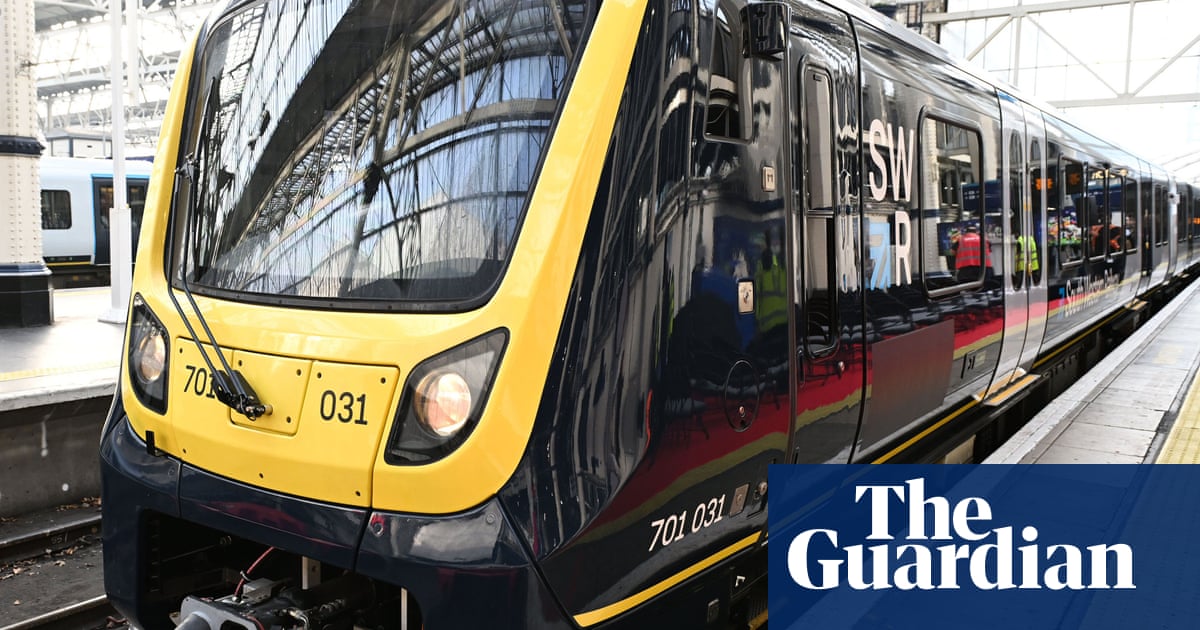I noticed this in the Guardian's recent article about GBR. Most of the discussion about the article has been about what it says about SWR and the GBR-vinyled 701, but this seems like a much more major step towards GBR.

 www.theguardian.com
www.theguardian.com

Will Labour’s shake-up really fix Great Britain’s ailing railways?
As South Western becomes the latest operator to be renationalised, there are questions about whether the changes will lead to lower fares
The first steps are yet to be officially announced but Southeastern – nationalised after an accounting scandal in 2021 – is expected next month to become the first regional integrated railway, with track and train becoming the ultimate responsibility of a single managing director in Kent.

